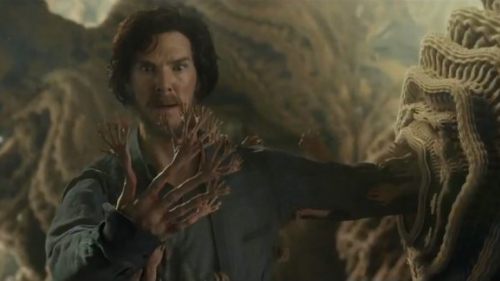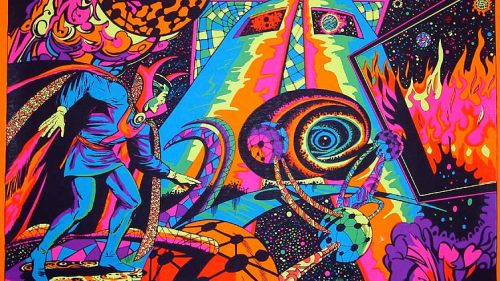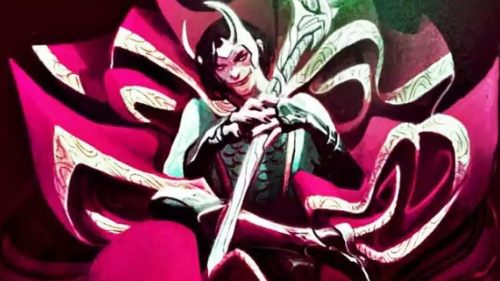DOCTOR STRANGE And The American Fascination With Mysticism
We are celebrating this week's Doctor Strange release (get your tickets here!) with a bunch of articles all dedicated to Marvel's Sorcerer Supreme.
Just one month before Martin Luther King’s “I Have A Dream” speech and four months before the assassination of president John F. Kennedy, Steve Ditko (co-creator of The Amazing Spider-Man) introduced the masses to Doctor Stephen Vincent Strange in 1963. A post-World War II/pre-Vietnam America was filled with frustrated baby boomers trying to figure out their place in the world. Unless Ditko possessed some mystical powers of prediction, it’s safe to say he didn’t know how strong the American fascination with mysticism was about to become.
Stephen Vincent Strange is a remarkable but pompous surgeon that loses the ability to perform surgery after a car accident destroys his hands. He deals with this tragedy by traveling the world looking for a way to repair the damage. Unlike the typical origin story, Doctor Strange’s development as a superhero lies with his mentorship from The Ancient One and mastering a new trade, rather than being bitten by a radioactive bug or being an alien from a faraway planet. His origin lies more closely to that of a martial artist than a comic book hero.
Around this same time, the budding hippie movement was starting to shake up the so-called “good ol’ days” of the 1950s by introducing non-Western cultural ideas into the American fold. Evolving from the bohemians and beatniks, the hippie culture thrived on its fascination with eastern religion and mysticism, as well as hallucinogenic drugs. It’s important to remember that despite its cultural chokehold today, comic book fans have always been “fringe” or part of the counterculture. In the early years of Doctor Strange’s popularity, there was no bigger counterculture than the psychedelic/hippie movement.
Ditko’s presentation of Doctor Strange was the perfect gift for the youth of the 1960s. While the comic staples like Spider-Man, Batman, and Superman, utilized more protagonist-focused storytelling, Doctor Strange was truly an attempt to transport the reader into another world. Doctor Strange boasted psychedelic tapestries, surrealist environments, villains that seem inspired by fever dreams, and the ability to visit other dimensions. At this same time, the youth of America was gobbling up hallucinogenic drugs like candy and trying to unite the world rather than concentrate on individual successes. The shift in focusing on making the world as important as those who inhabit it ran parallel with Doctor Stranges world building and the changing mentality of America’s youth in the early 1960s.
Ditko’s early artistry and focus on transcendental themes spoke deeply to those involved in the burgeoning psychedelic movement long before The Beatles took society on a Magical Mystery Tour. While young kids were beginning to learn about the practices of Hare Krishna, discovering how to “open their minds” and attempting out-of-body experiences, Doctor Strange comics were telling bizarre tales inspired by in Egyptian myths, Sumerian Gods and Jungian archetypes. It wasn’t until the late 1960s that this movement became so prominent in American culture, but Doctor Strange was there from the start, and offered solace to counterculture youth looking for an alternative to the standard superhero saga.
Popular hippie collective The Family Dog even hosted “A Tribute to Dr. Strange” in 1965, which is considered to be the first psychedelic rock performance in San Francisco’s history. After the end of the Vietnam War, punk rockers, fans of disco, and a newfound excitement for patriotism slowly replaced the hippie culture as America approached the United States Bicentennial. Doctor Strange never reached the critical or financial successes of other Marvel characters, and perhaps it’s linked with the decline of the niche audience that seemed to exist in tandem with the comic’s vividly surreal world. The cinematic release of Doctor Strange won’t just be a visit into Ditko’s twisted dimensions; it will be a brief trip back into the minds of the generation that shared his mysticism.



